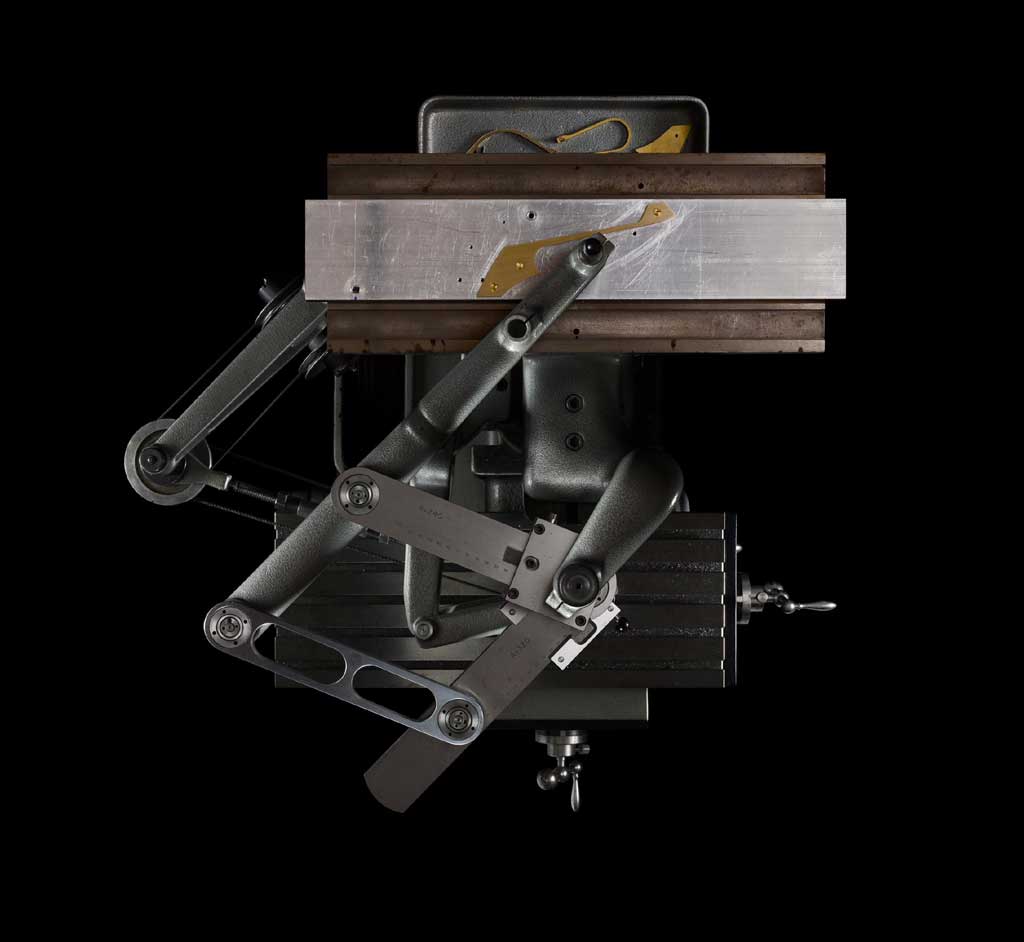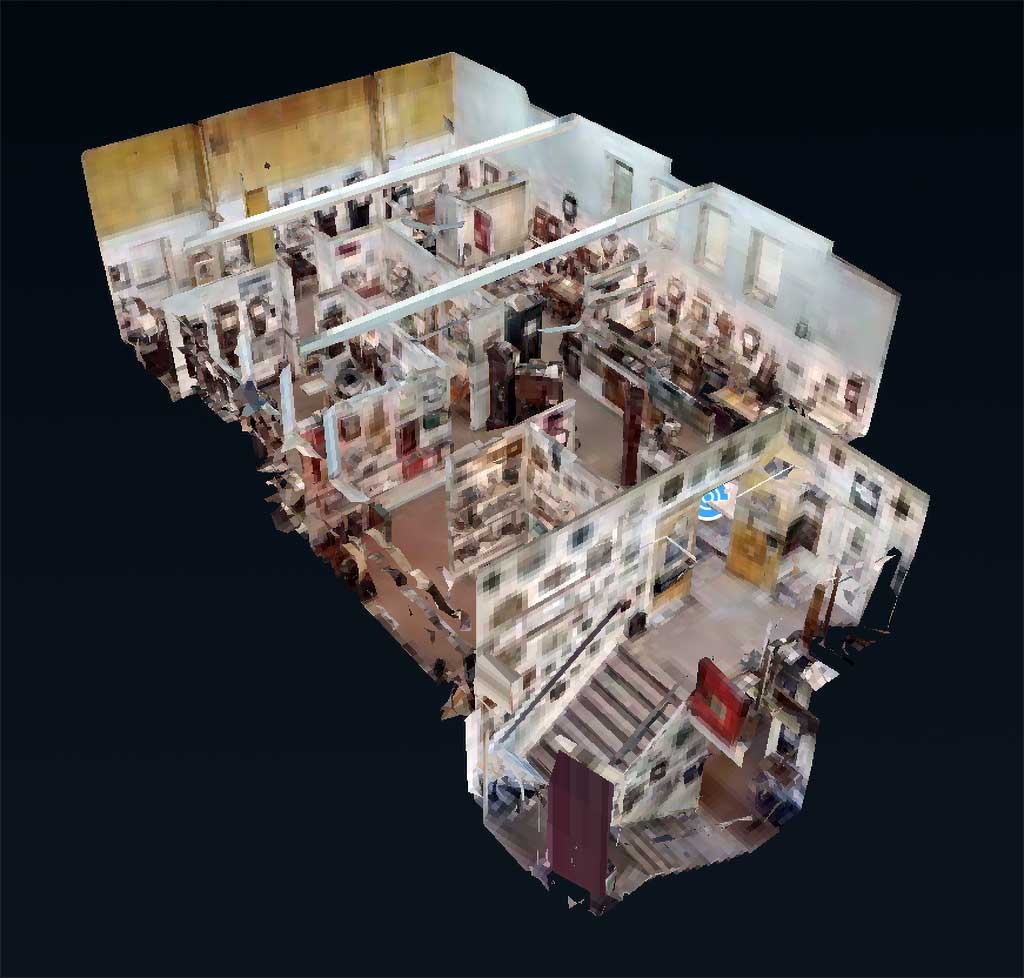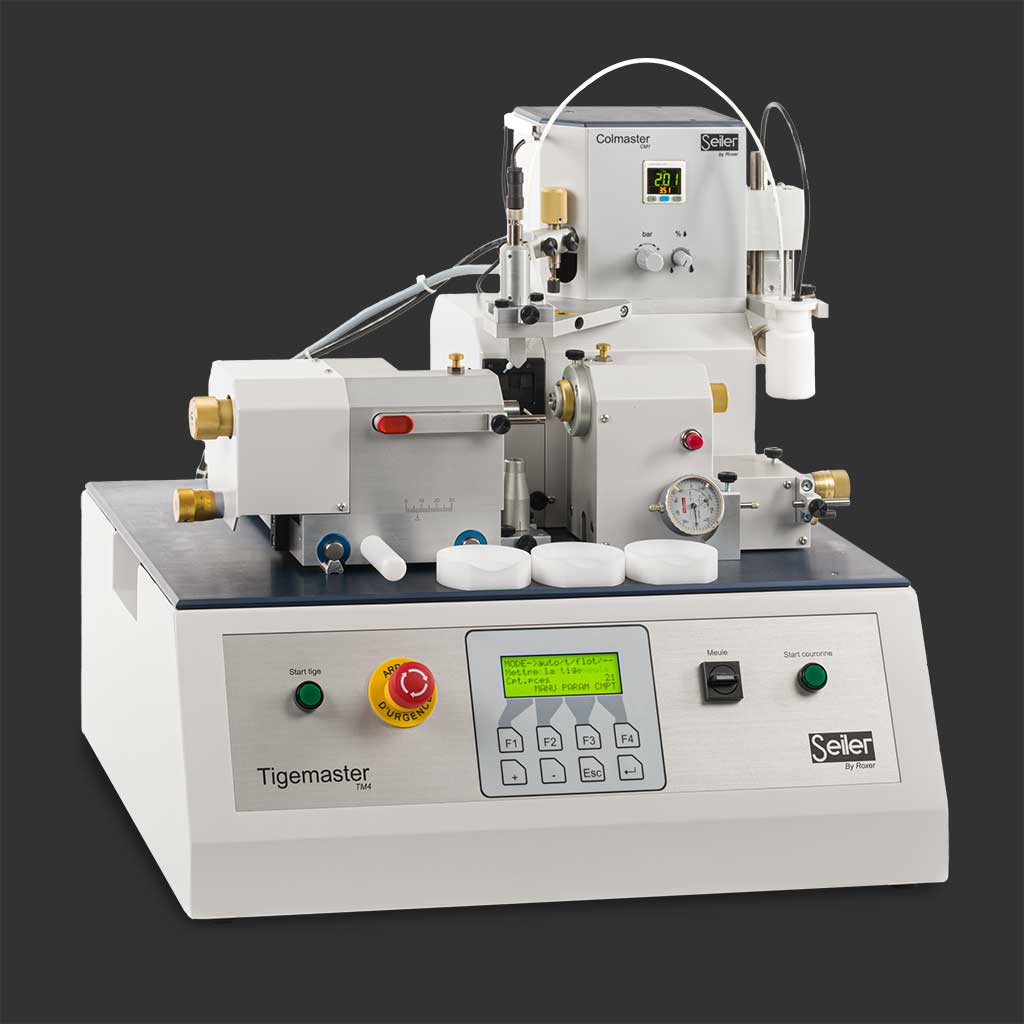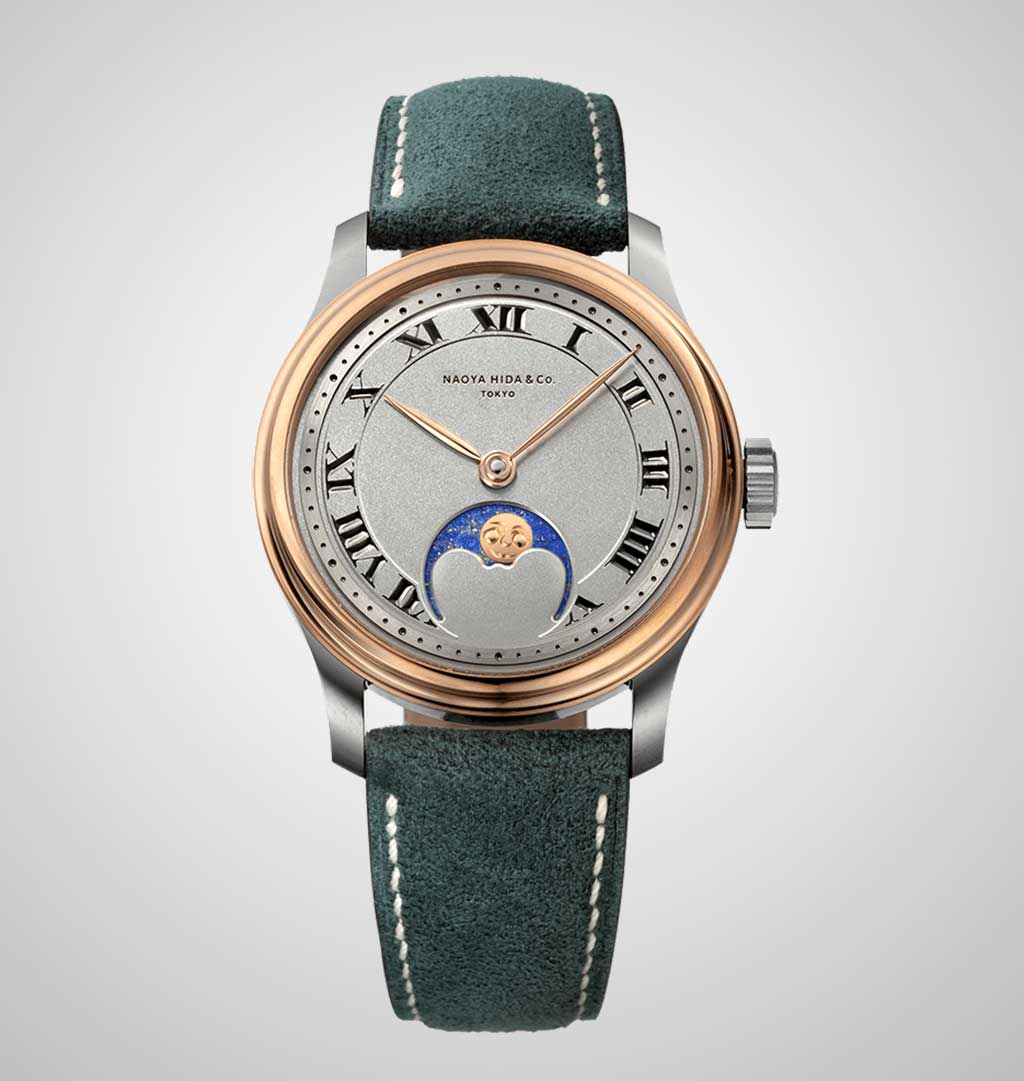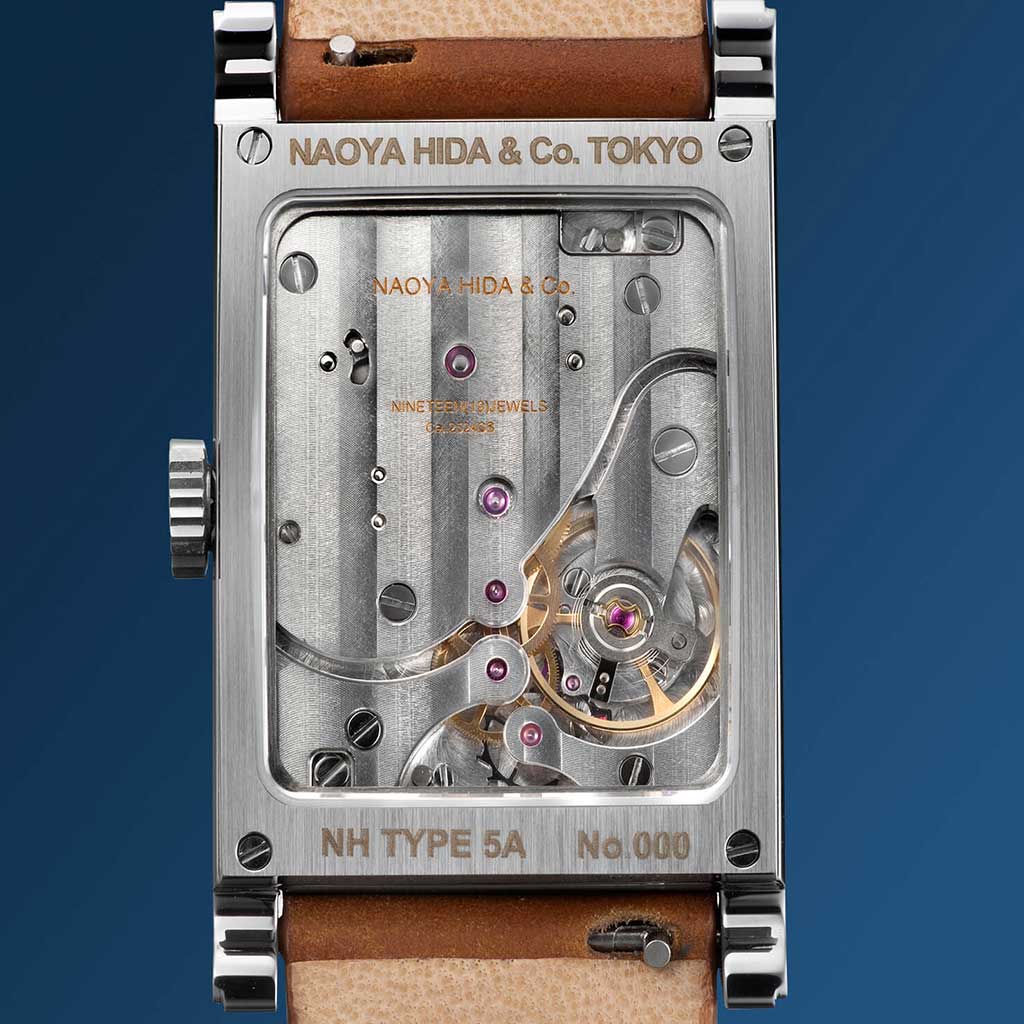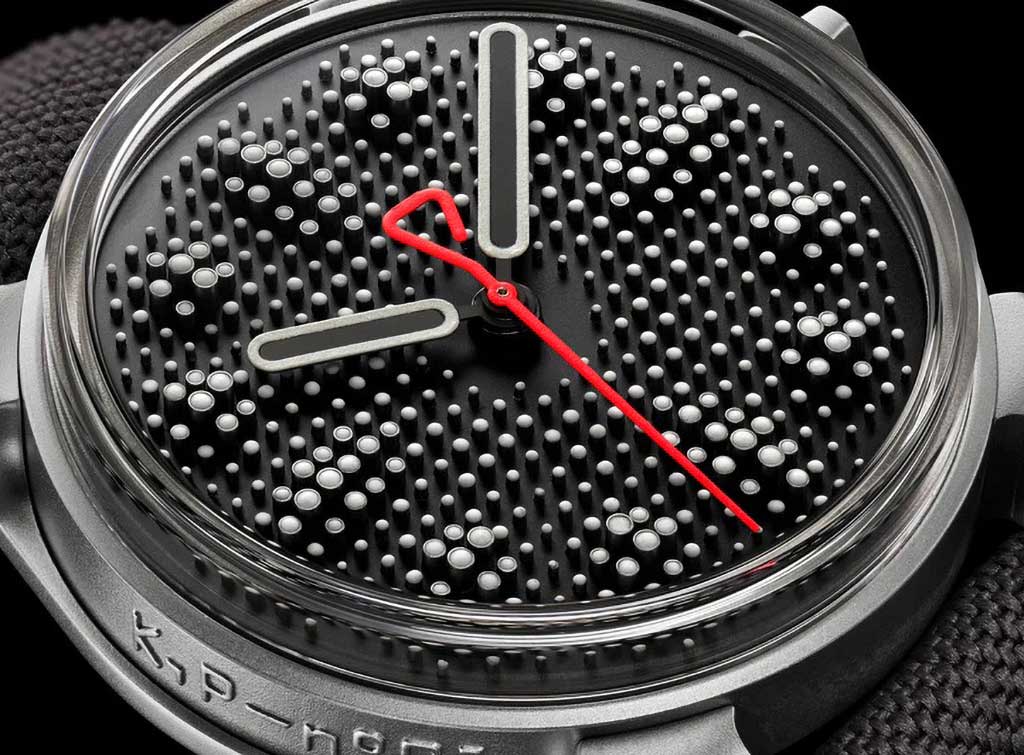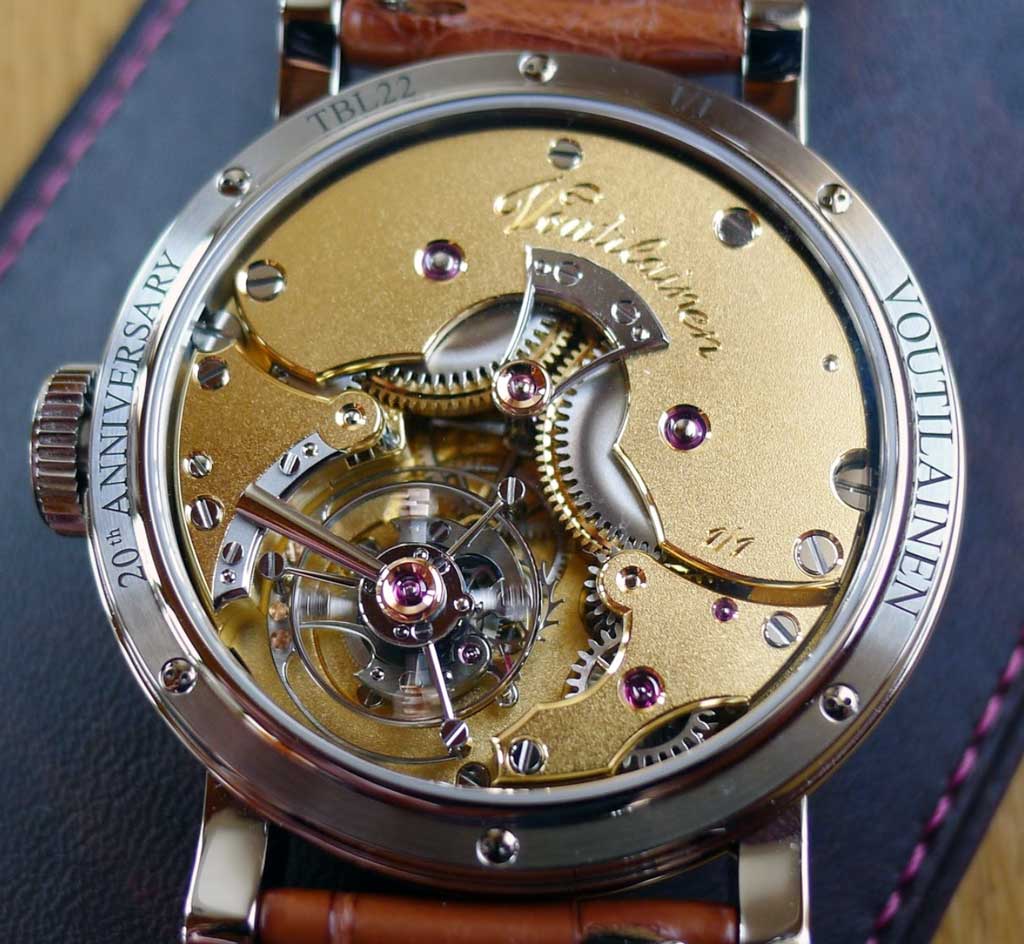
Portraits of Light
Situated under the Rolex Learning Center at the Swiss Federal Institute of Technology Lausanne (EPFL), sol.id is an art installation that employs novel, computational technology and manufacturing techniques to create specular metal surfaces that orchestrate caustic light reflections to form images.
The portraits reflected onto the main arch of the Rolex Learning Center are those of Alan Turing, Rachel Carson, Marie Curie, and Eileen Gray.
Created by Rayform, a Swiss company started by graduates of EPFL, the technology used to create the bat-signal-like crown of MB&F's HM3 Frog X.
The title of the work is a play on the latin word for sun, sol, the abbreviation of identification, ID, and the fact that the mirror-like surfaces are crafted from solid blocks of metal.
Stern on Complications
Patek Philippe's Thierry Stern on watch complications:
At Patek, we are really very careful about the size of the watch, the beauty of the movement, the accuracy, and how to use it. It has to be simple for you, and all these movements today, you have no risk, for example, to break them. Because very often I have seen that there are amazing movements, but if you're doing one wrong setting, the whole movement will collapse in one sense. And this is something I don't want to see with Patek.
We are still always leading for new ideas or useful ideas. They're not gimmicks; they're useful movements with useful indications. At Patek, we are not willing to play really with gadgets or gimmicks, as I say… The date is not a gimmick. It's something that you need. It's something that is very useful.
From an interview with Kristen Shirley, reporting for Forbes.

Typewell
A new typeface designed by Colophon, alongside Lego's in-house agency and Interbrand.
Inspired by type specimens from the Lego archives, what sets Typewell apart is its adherence to the Lego System, which governs and ensures the interoperability of Lego components across thousands of sets spanning decades of production.
The name Typewell itself is also inspired directly by Lego. The Lego brand name having been derived from the concatenated abbreviation of the Danish equivalents of the words "play well".

One of Twelve
Produced in 1942, this Rolex split-seconds chronograph (reference 4113) is believed to be one of only 12 such models ever produced.
Owned by Auro Montanari, who operates under the pen name, John Goldberger, this particular example was made famous thanks to its appearance on the cover of his book, 100 Superlative Rolex Watches, as well as being the watch he casually opened with a cheese knife during a 2013 episode of Talking Watches with Ben Clymer.
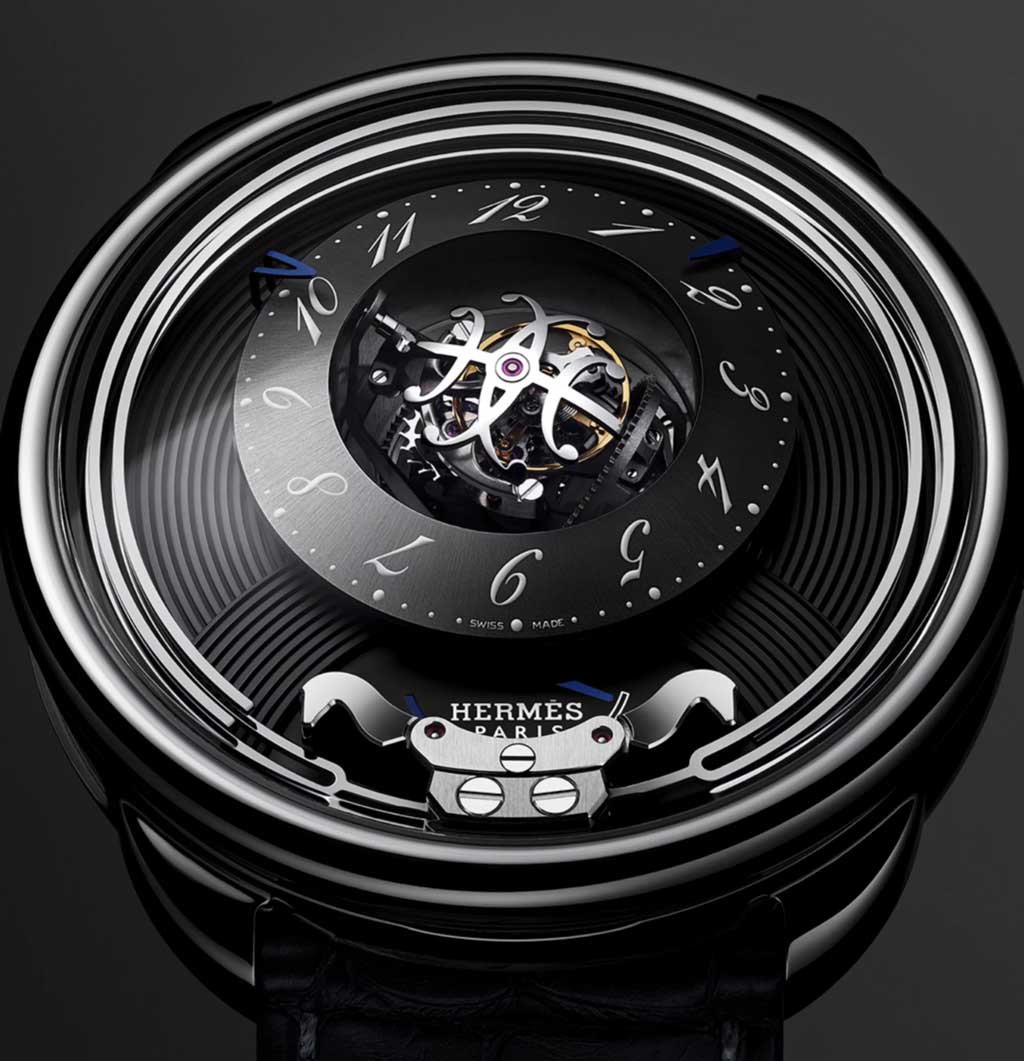
Arceau Duc Attelé
Hermès' Arceau Duc Attelé serves up an impressive level of physical and aural depth, from the dial right through to the sapphire bridge for the strikework on the rear of the timepiece. The sapphire bridge itself serving both to enhance the sound of the minute repeater while also providing an unhindered view of the repeating works in action.
The choice to fashion the hammers for the gongs in an equestrian theme is a fitting, subtle, and particularly delightful touch. While Patek Philippe's Advanced Research division gave a nod to the tuning fork with the amplifier they devised for the Fortissimo, the Arceau Duc Attelé also marks the first time I can recall the use of tuning forks to serve as gongs.
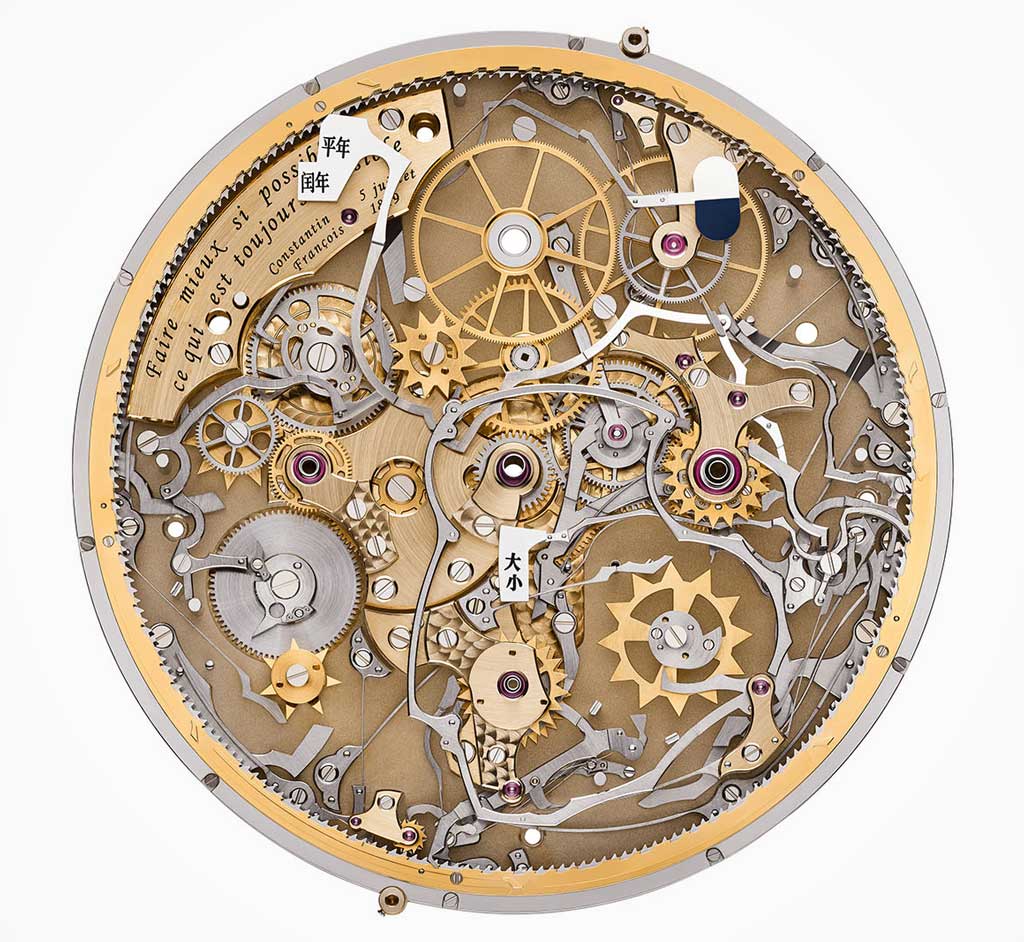
Berkley Grand Complication
Vacheron Constantin outdoes its prior record-setting timepiece taking the crown, once again, for the world's most complicated mechanical watch with the debut of The Berkley Grand Complication, a massive, one-of-a-kind pocketwatch crafted for William R. Berkley.
Based on the same ebauche as Vacheron Constantin reference 57260, which previously held the world record, The Berkley boasts 63 complications constructed from 2,877 individual components. Of note among the complications, The Berkley features the world's first Chinese perpetual calendar and can strike the time in passing or on demand—in full Westminster grandeur—across five gongs.
